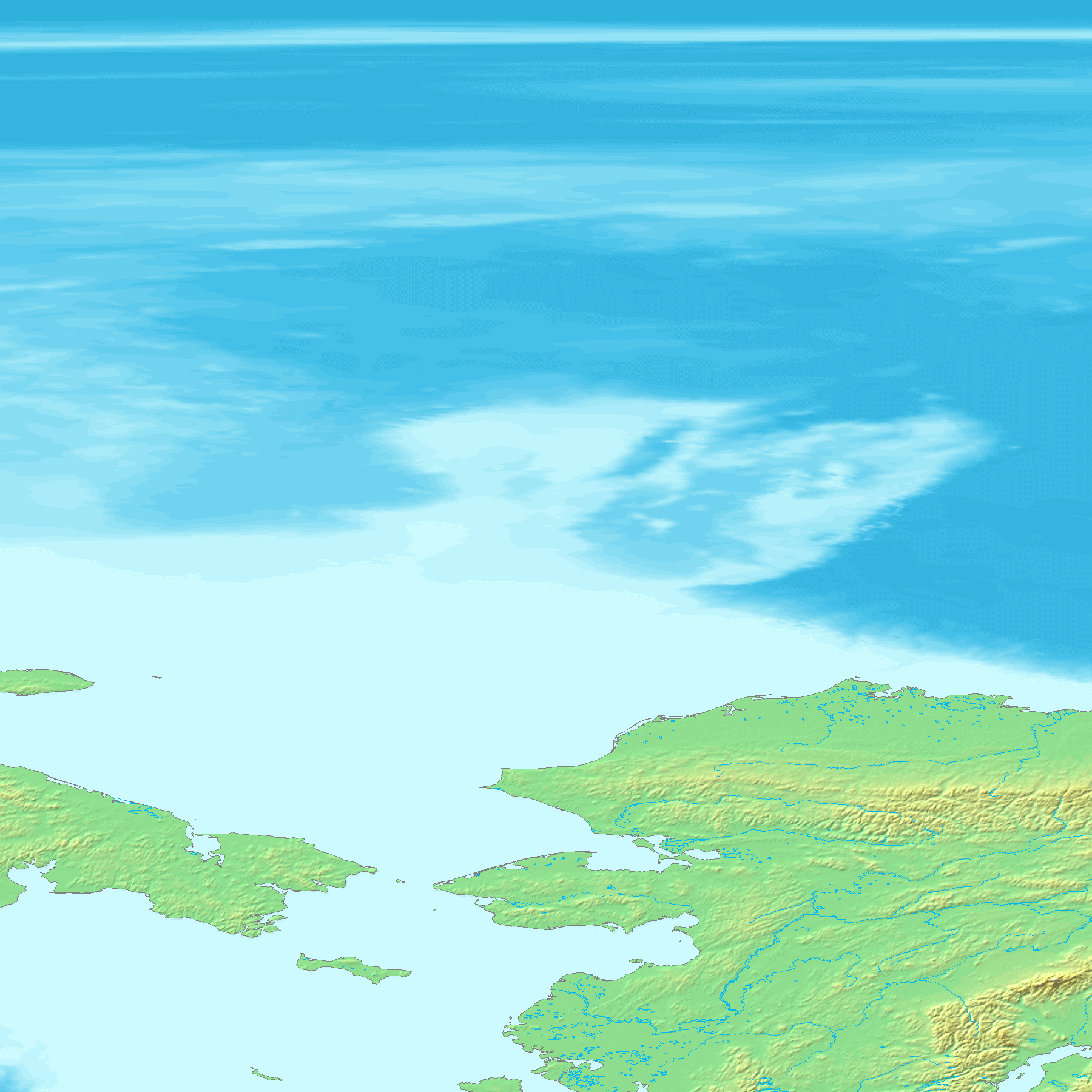|
GTOPO30
GTOPO30 is a digital elevation model for the world, developed by United States Geological Survey (USGS). It has a 30-arc second resolution (approximately 1 km), and is split into 33 tiles stored in the USGS DEM file format. According to DTED and USGS DEM the absolute vertical accuracy of GTOP30 varies from ±30 meters. Gallery This map is derived from GTOPO30 data that describes the elevation of Earth's terrain at intervals of 30 arcseconds (approximately 1 km). It uses hypsometric tints instead of contour lines to indicate elevation. See also * Shuttle Radar Topography Mission * Advanced Spaceborne Thermal Emission and Reflection Radiometer The Advanced Spaceborne Thermal Emission and Reflection Radiometer (ASTER) is a Japanese remote sensing instrument onboard the Terra satellite launched by NASA in 1999. It has been collecting data since February 2000. ASTER provides high-res ... References External links GTOPO30 Page Digital elevation models [...More Info...] [...Related Items...] OR: [Wikipedia] [Google] [Baidu] |
Digital Elevation Model
A digital elevation model (DEM) or digital surface model (DSM) is a 3D computer graphics representation of elevation data to represent terrain or overlaying objects, commonly of a planet, moon, or asteroid. A "global DEM" refers to a discrete global grid. DEMs are used often in geographic information systems (GIS), and are the most common basis for digitally produced relief maps. A digital terrain model (DTM) represents specifically the ground surface while DEM and DSM may represent tree top canopy or building roofs. While a DSM may be useful for landscape modeling, city modeling and visualization applications, a DTM is often required for flood or drainage modeling, land-use studies, geological applications, and other applications, and in planetary science. Terminology There is no universal usage of the terms ''digital elevation model'' (DEM), ''digital terrain model'' (DTM) and ''digital surface model'' (DSM) in scientific literature. In most cases the term ''digital ... [...More Info...] [...Related Items...] OR: [Wikipedia] [Google] [Baidu] |

